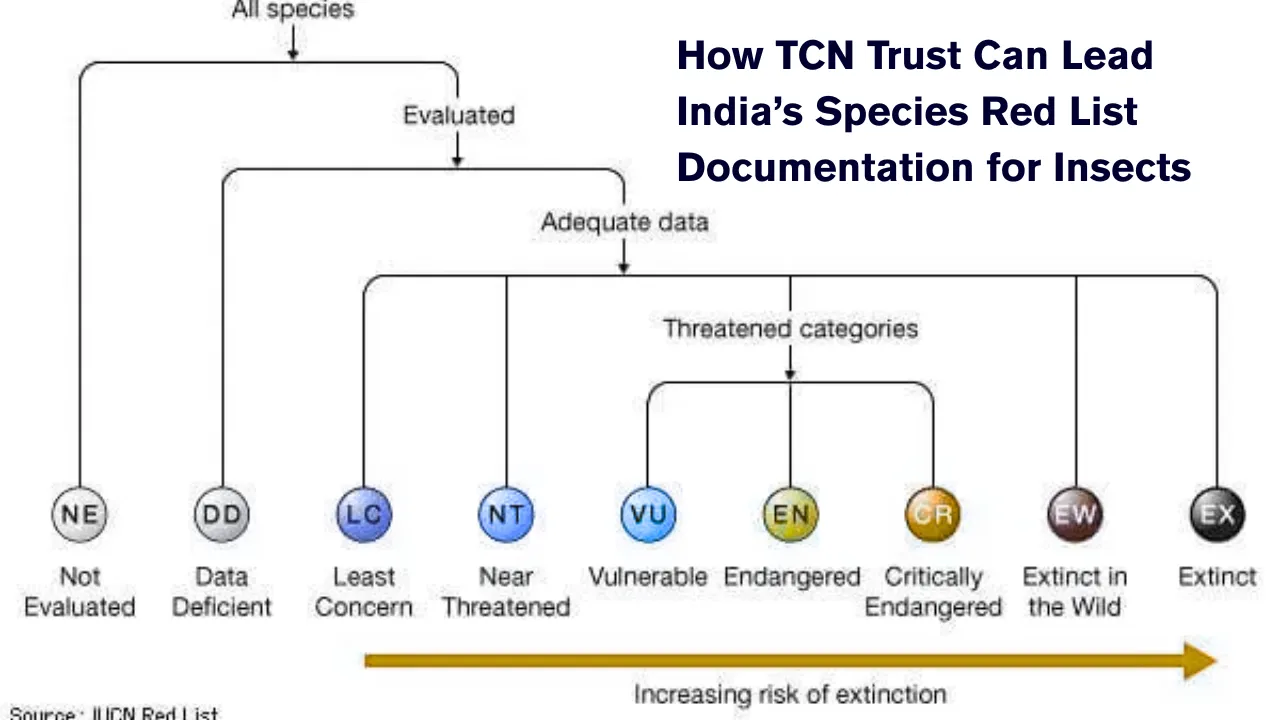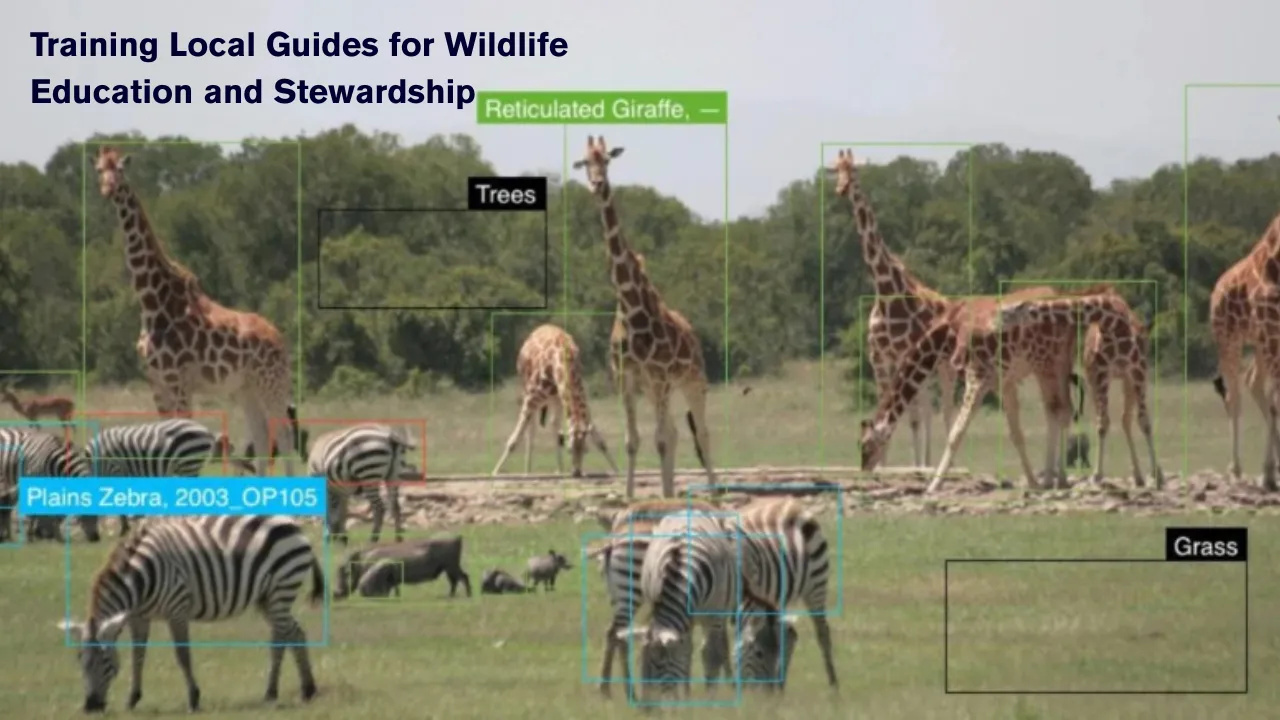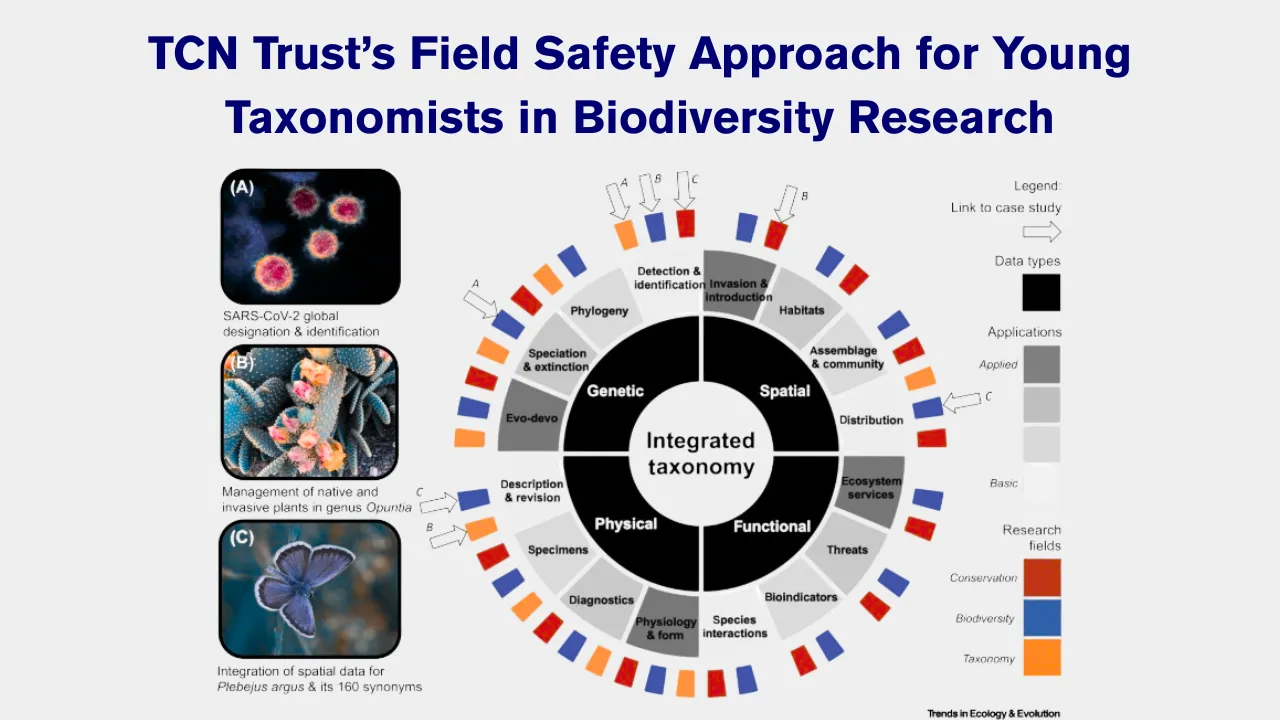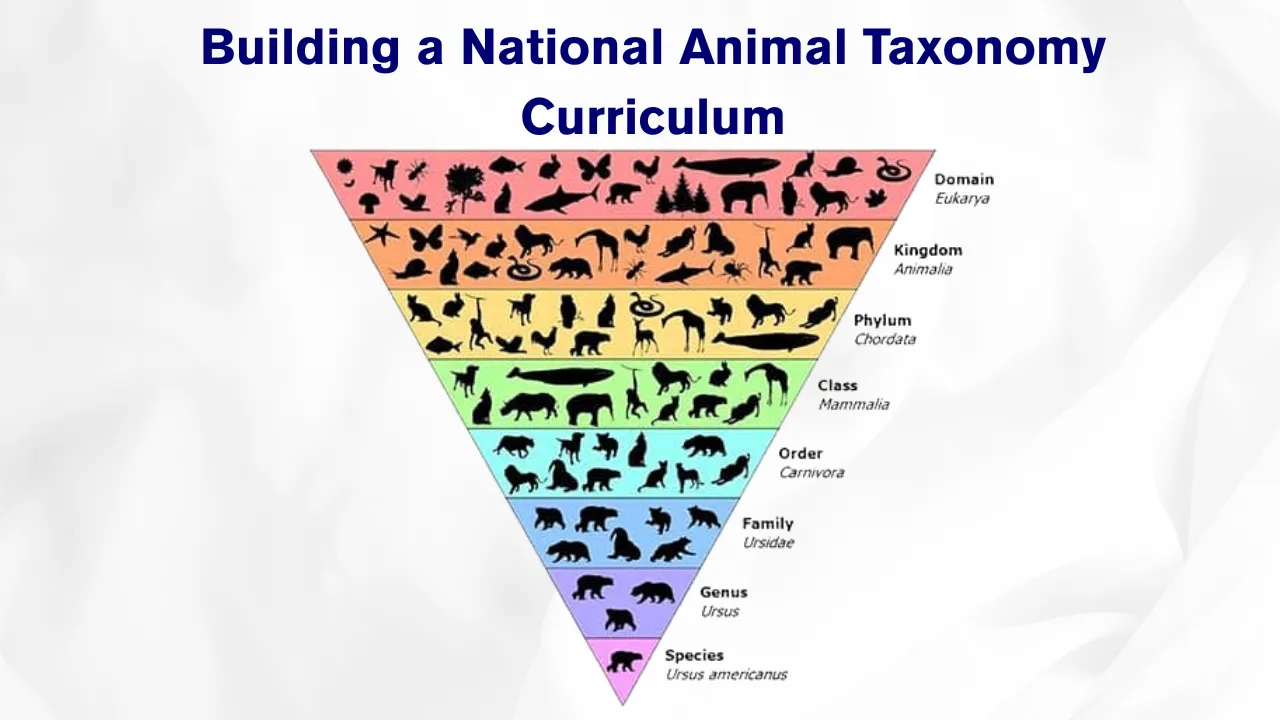Prof. T. C. Narendran stands as a towering figure in the field of insect taxonomy. His extensive body of work on parasitic wasps and insect classification has created a foundation on which modern taxonomists continue to build. Known for his dedication, clarity of method, and precision, he is celebrated not just as a scientist, but as a mentor who shaped generations of researchers across India and beyond.
This article explores how Prof. T. C. Narendran influenced modern taxonomy through his monographs, teaching, and scientific discipline. We’ll look at his role in defining new species, advancing identification tools, and mentoring future scientists. His work, deeply rooted in biodiversity and classification, continues to be a cornerstone in understanding insect diversity today.
The Legacy of Prof. T. C. Narendran
At the core of modern insect taxonomy lies the enduring work of Prof. T. C. Narendran, whose influence extends far beyond his published texts. As a leading Chalcidoidea expert, he catalogued hundreds of parasitic wasp species, offering future taxonomists structured methodologies for species identification and classification. His legacy is not limited to research alone—he was equally influential as an academician, whose mentoring shaped the mindset and skill set of countless students entering the field. His approach to taxonomy combined precision with clarity, making complex biological classifications accessible and reproducible. In today’s biodiversity research, his methods remain deeply relevant.
Overview of Contributions
| Contribution Area | Description |
| Species Discovery | Described over 700 new insect species, focusing largely on Chalcidoidea |
| Taxonomic Publications | Authored several benchmark monographs with global relevance |
| Teaching & Mentorship | Guided numerous students who became renowned in entomology |
| Standardization Practices | Helped formalize consistent methods in species classification |
| Global Recognition | Widely cited and respected by international taxonomists |
His Early Contributions to Indian Entomology
Beginning his career in a period when insect biodiversity was poorly understood in India, Prof. T. C. Narendran took on the monumental task of documenting parasitic wasps, a group often overlooked due to their tiny size and complex anatomy. Working through countless field collections and microscopic studies, he laid the groundwork for future surveys and taxonomic studies in India.
His keen observational skills and ability to distinguish subtle morphological differences gave rise to well-documented studies that enriched the Indian entomological database. His work pushed state and central biodiversity agencies to take insect taxonomy more seriously, influencing funding and academic interest in this domain.
Influence Through Monographs and Scientific Publications
One of the most enduring impacts of Prof. T. C. Narendran was his production of in-depth taxonomic monographs. These publications were not just academic exercises—they were practical tools designed for ongoing use by researchers in the field. Each monograph included detailed identification keys, descriptions of newly discovered species, and meticulous illustrations that brought clarity to complex anatomical structures.
His work on Chalcidoidea particularly stands out. These parasitic wasps, although tiny, play critical roles in ecological balance and biological control. His books helped make their study accessible to a broader audience, including agricultural entomologists and ecological researchers. Today, his monographs are cited not just in taxonomy papers but also in biodiversity management strategies.
Mentorship and Academic Guidance
The scientific world often thrives not only on data but also on guidance—and Prof. T. C. Narendran offered plenty of both. As a professor, he mentored a wide circle of budding taxonomists, many of whom have gone on to become leaders in their own right. What set him apart was his insistence on precision and ethical research practice.
He trained students not just in collecting and describing specimens, but in thinking critically about biological relationships, habitat relevance, and long-term ecological implications. His teaching emphasized scientific discipline, and he was known for encouraging his students to publish independently and push the boundaries of discovery. His mentorship became a ripple effect—creating a community of taxonomists who uphold his values and continue his work.
Standardizing Taxonomic Practices
In a field where clarity can mean the difference between recognizing a new species and misidentifying an existing one, Prof. T. C. Narendran was a staunch advocate of standardization. He promoted the use of uniform templates for species descriptions, consistent terminology for anatomical features, and proper type specimen deposition. These practices were ahead of their time in India and have since become best practices globally.
His approach helped demystify taxonomy for newer researchers, making species identification a more transparent and reproducible process. By creating accessible frameworks, he contributed significantly to improving the overall quality and credibility of taxonomic work in India and internationally.
Two Key Contributions That Still Matter Today
- Creation of Identification Keys
His easy-to-use identification keys remain foundational tools for taxonomists. They allow even early-career scientists to accurately identify and differentiate between morphologically similar species. - Describing New Species
Over his lifetime, Prof. T. C. Narendran described more than 700 new insect species, expanding the known diversity of parasitic wasps. His descriptions remain scientifically valid and are cited in current biodiversity databases.
Lasting Impact on Indian and Global Taxonomy
The ripple effects of Prof. T. C. Narendran’s work are felt far and wide. His monographs and species records continue to support studies in biodiversity research, conservation biology, and ecosystem analysis. Environmental agencies and institutions frequently rely on his work to benchmark species baselines during ecological assessments.
International researchers studying tropical insect fauna often consult his descriptions when identifying samples from India or Southeast Asia. This enduring relevance is a testament to both the scientific accuracy and clarity of his work. His legacy is not frozen in history—it actively lives on in ongoing studies and the advancement of insect taxonomy worldwide.
FAQs
Who was Prof. T. C. Narendran?
He was a leading Indian entomologist known for his pioneering work in classifying parasitic wasps and significantly advancing insect taxonomy.
Why are his identification keys important?
They simplify the classification process and make it easier for both new and experienced taxonomists to identify species correctly.
What makes his monographs unique?
His monographs combine scientific rigor with accessibility, providing detailed illustrations, species descriptions, and standardized terminology.
How did he support upcoming researchers?
By mentoring students and promoting ethical, methodical research practices, he created a community of skilled taxonomists.
Is his work still used today?
Yes, his species descriptions and identification tools are regularly referenced in global biodiversity and ecological research.
Final Thought
The contributions of Prof. T. C. Narendran to taxonomy are not just impressive—they’re foundational. His commitment to precision, mentorship, and systematization has left an indelible mark on how species classification is conducted today. In a time when biodiversity loss is a global concern, his work remains more relevant than ever, offering tools and inspiration to those exploring the intricate web of insect life.
Whether you are a student, researcher, or nature enthusiast, diving into his body of work can be an enlightening experience. Feel free to comment with your thoughts or share how his legacy has touched your academic or professional journey. For more insights, explore related research in insect biodiversity or browse our taxonomy archives.







